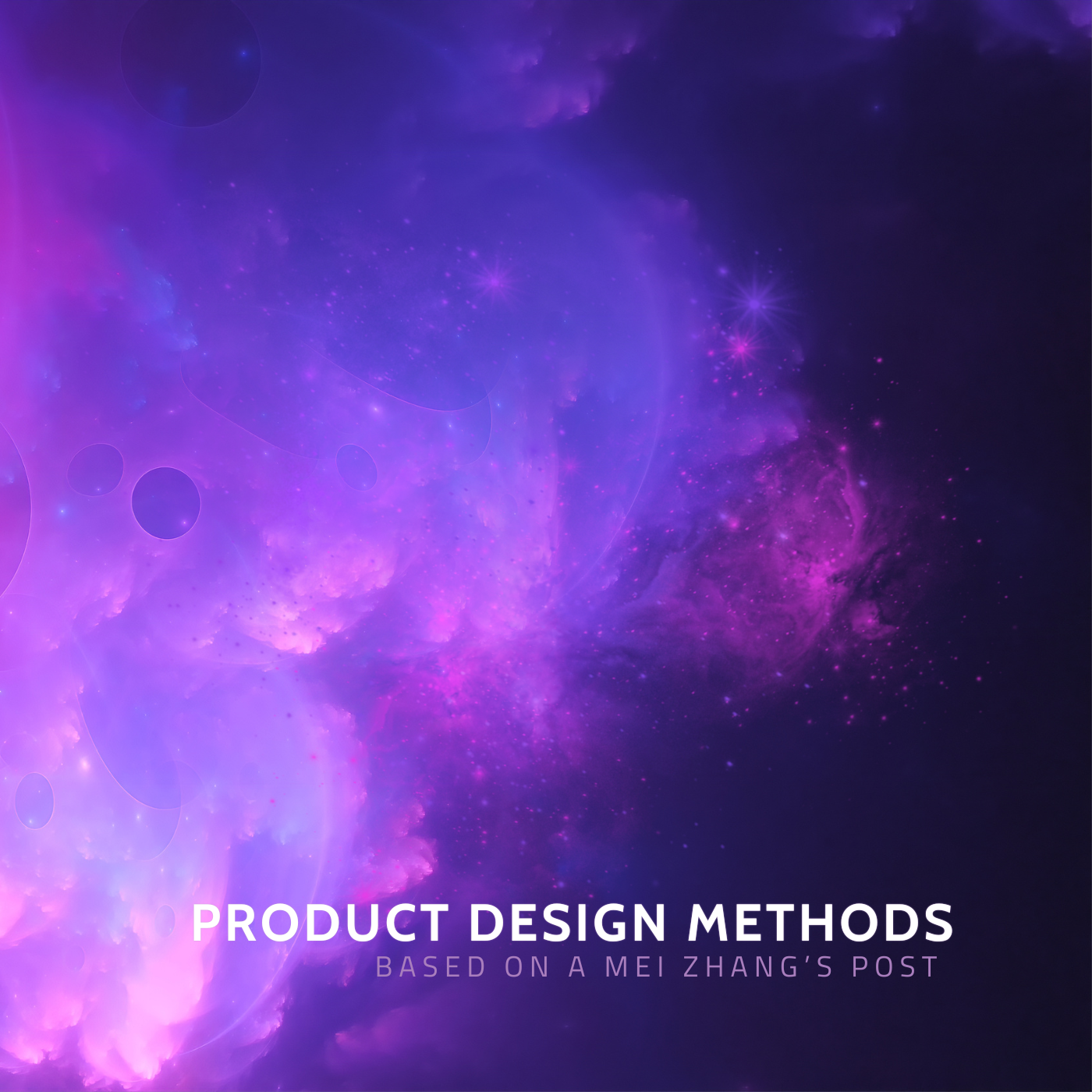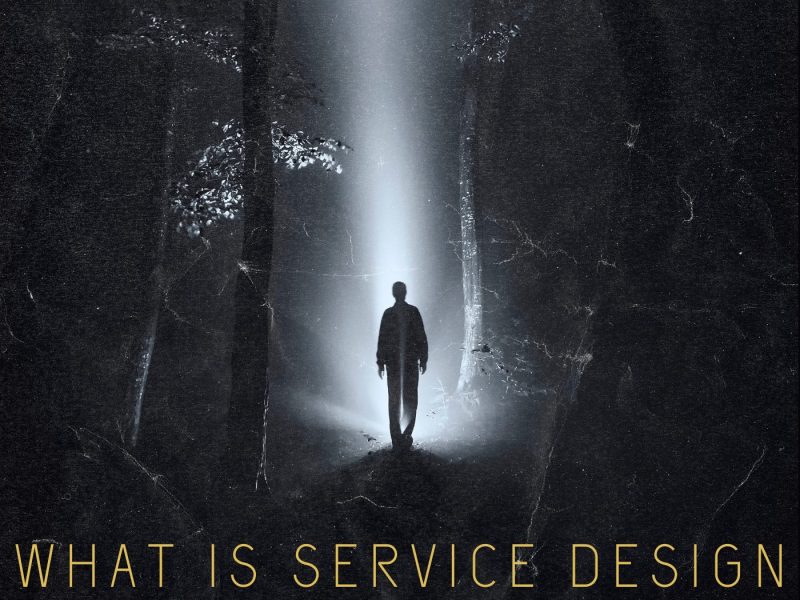This episode unpacks the UX design process through a structured, empathetic lens, guided by Mei Zhang’s mind map. The hosts stress that exceptional design isn’t just about aesthetics—it’s a cyclical, user-centered journey rooted in understanding human behavior.
1. Understand (Research & Context):
Designers act as detectives, gathering insights through user interviews (rich qualitative data via direct observation), user personas (archetypes representing target audiences), and competitive analysis (benchmarking existing solutions). This phase lays the groundwork, transforming designers into critical consumers of everyday products.
2. Define (Synthesize & Focus):
Data is distilled into actionable insights. Teams collaborate to refine personas, map user journeys (visualizing steps and pain points), and craft problem statements (clear “north star” challenges linking user needs to obstacles).
3. Ideate (Creativity & Experimentation):
Brainstorming thrives in judgment-free zones, fueled by playful collaboration. Low-fidelity sketches and paper prototypes accelerate idea validation, while tools like Figma or Adobe XD evolve concepts into interactive prototypes. Developers are engaged early to gauge feasibility.
4. Execute (Build & Collaborate):
Cross-functional teams (designers, developers, writers) bring designs to life. Wireframes establish structural blueprints, UI design adds visual polish, and prototypes mature with interactivity. Clear communication ensures alignment across disciplines.
5. Validate (Test & Learn):
Real-world feedback is gold. Usability testing uncovers friction points, A/B testing compares variants, and analytics reveal behavioral patterns. Both qualitative and quantitative data drive decisions.
6. Iterate (Refine & Repeat):
Feedback loops fuel continuous improvement. Designers tweak, test, and refine—embracing iteration as a core principle rather than a final step.
Key Takeaway:
Empathy is the heartbeat of UX design. By centering users’ needs, frustrations, and contexts, designers craft solutions that resonate deeply. The hosts encourage budding designers to explore online resources, workshops, and hands-on experimentation, reminding listeners that mastery lies in embracing the cycle of learning and iteration.
This episode reframes UX design as a dynamic, human-centered practice—where curiosity, collaboration, and resilience transform pixels into meaningful profit.


